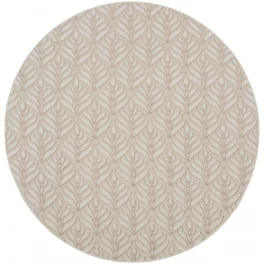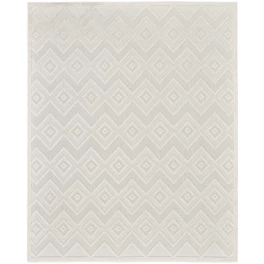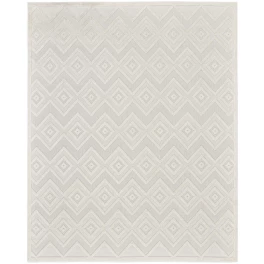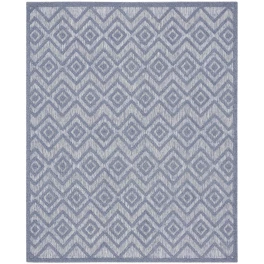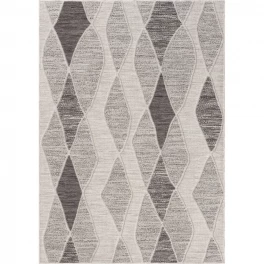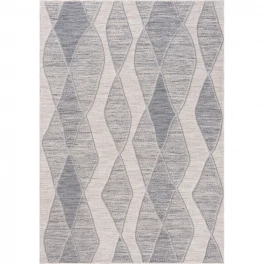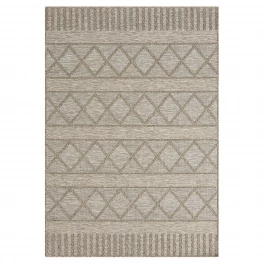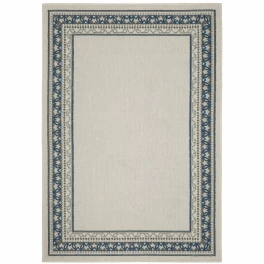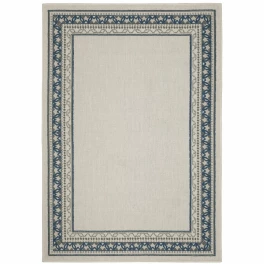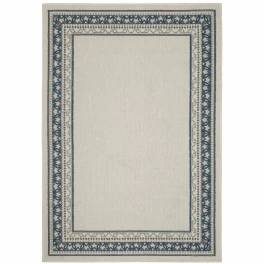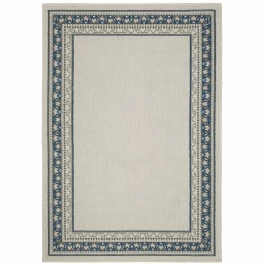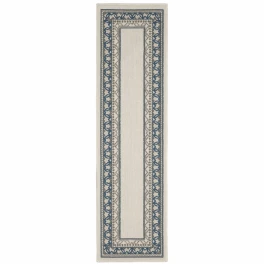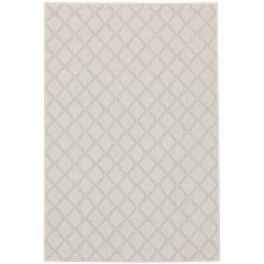So you know you have to sand something, but you have no idea what grit to use. You need to know how to match sandpaper grit to the job at hand. Keep reading, and you’ll be a sandpaper grit expert in no time.
When it comes to sandpaper types and uses, the variables fall into three categories:
- Grit Material
- Grit Size
- Grit Backing and Application
Here’s your sandpaper guide to sandpaper grain and sandpaper numbers.
Grit Materials
The actual materials used to create sandpaper grit vary. You’ll find a wide selection of grit materials when you shop for sandpaper.
Here are the basic types and their uses:
- Flint: Flint grains are natural and durable. They work well for sanding paint or varnish off of an older surface.
- Emery: Also a natural grain, emery is a little rougher than flint. It works well on steel and other metals, and it’s a good material for removing corrosion. This material is not the best for wood because its particles tend to be so sharp they can damage wood surfaces.
- Garnet: Another natural grain, garnet is not as strong as flint and emery. It won’t hold up well to sanding metal. It is, however, great for sanding wood.
- Aluminum oxide: A synthetic material, this grit is rough enough to sand and polish metal and hardwood.
- Zirconia alumina: This synthetic grit is tough, so it’s a good choice for grinding metal or the initial sanding of very rough wood. The grain on this paper tends to sharpen as it’s used, so it will last longer than the natural materials above.
- Silicon carbide: Also a synthetic abrasive, this will work for nearly any sanding job, from plastic to metal to wood.
- Ceramic alumina: This material is often used for belts and discs made for power sanders. This tends to be an aggressive abrasive that’s best used for metal or very rough wood.
Grit Size
Grit size, also referred to as the sandpaper’s coarseness level or the sandpaper number, determines how roughly the sandpaper will attack whatever you’re sanding. The lower the grit size or sandpaper number, the courser the sandpaper. The higher the grit size or sandpaper number, the finer the sandpaper.
Here’s a handy sandpaper grit guide to help you pick the right coarseness for what you need to do.
“Extra Course Sandpaper” (24- to 36-grit)
This is the sandpaper to use for tough jobs like sanding off years of varnish or paint from old floors or sanding down metal. Do not use this sandpaper on finished wood. This is a good sandpaper to start with if you’re repairing severe wood damage caused by pets in your home or doing an initial sand of really rough reclaimed wood or driftwood.
“Course Sandpaper” (40- to 50-grit)
This sandpaper is suitable for rough wood shaping or removing light polyurethane coats or a layer or two of paint. When you’re sanding hardwood floors, start with this grit. (You’ll then need to do another pass with Medium Sandpaper and Fine Sandpaper … there isn’t just one sandpaper grit for wood floors.) This is also a good sandpaper for removing rust.
“Medium Sandpaper” (60- to 100-grit)
Once you have the initial rough sanding done, this sandpaper gets you closer to finishing. Use this to sand wood, but not for the final sanding unless you don’t care about getting your surface smooth. This sandpaper grit works well for smoothing out driftwood for driftwood art projects.
“Fine Sandpaper” (120- to 220-grit)
For most home woodworking, this grit can be used for your final sanding. It will leave an acceptably smooth surface. If you want to remove scratches from a wood surface, use this sandpaper.
“Extra Fine Sandpaper” (240- to 600-grit)
This sandpaper is used between varnish or paint coats to get the finest, most polished finish possible. Grits that range from 240 to 400 are considered extra or very fine, and grits between 400 and 600 are often called superfine. They’re used for polishing only.
On most projects, you’ll start with the coarsest sandpaper and work toward finer sandpaper to get a sleek finish. Sometimes DIYers ask why they can’t just use fine sandpaper for everything so as to avoid scratching a surface. Technically, you can. But you’ll go through a ton of sandpaper doing this. The finest sandpapers won’t stand up to rough surfaces.
Grit Backing and Application
If you hear sandpaper described as commercial grade or industrial grade, the description applies to both the materials used for the grit (described in the first section above) and sandpaper backing, which is the paper onto which the abrasive materials are applied. It can also refer to the type of glue used to hold the grit on the paper. Industrial grade sandpaper is higher in quality in all three areas. For most home projects, commercial grade will be more than adequate for your needs.
You also might see the words “open-coat” or “closed-coat” on sandpaper when you shop for it. These terms relate to the grouping of the grit on the paper. Particles are more loosely positioned on open-coat sandpaper. Grit particles are grouped more tightly on closed-coat sandpaper. You don’t usually have to worry about this differentiation. However, open-coat sandpaper is generally considered better for woodworking because it isn’t as prone to clogging up, which can happen especially with softwoods such as pine, fir, or spruce, because they have more resin.
Now that you have a good understanding of sandpaper types and uses, you can be confident that you’ll always choose the right sandpaper for the job.




